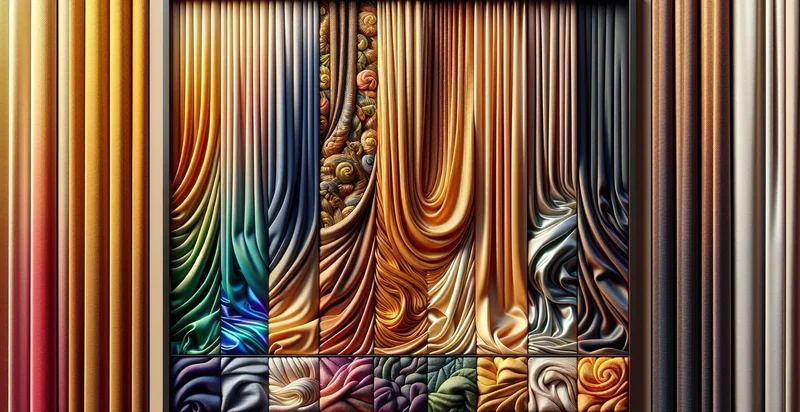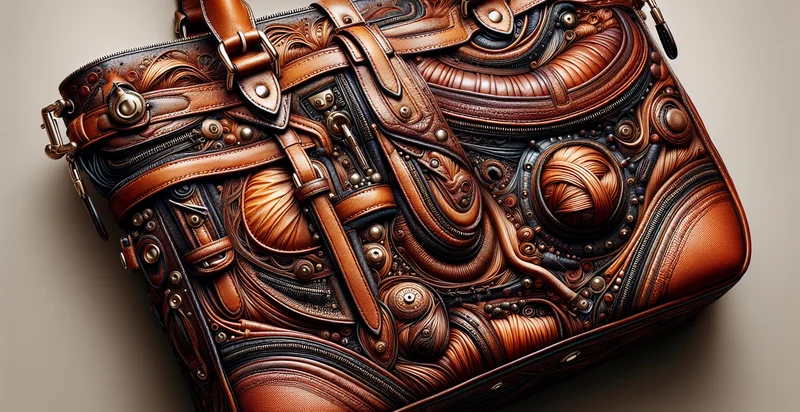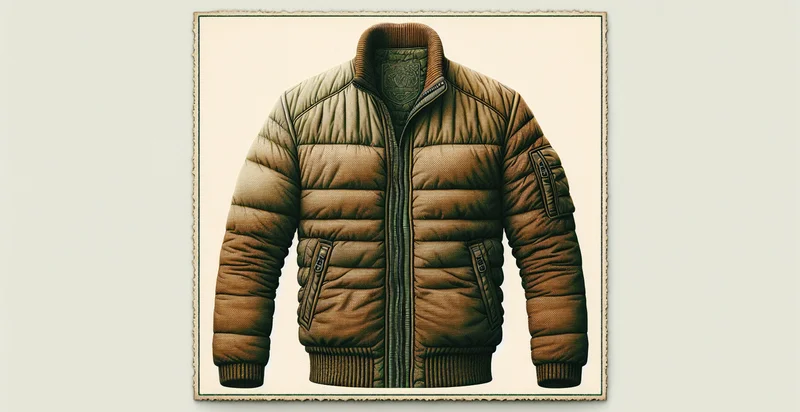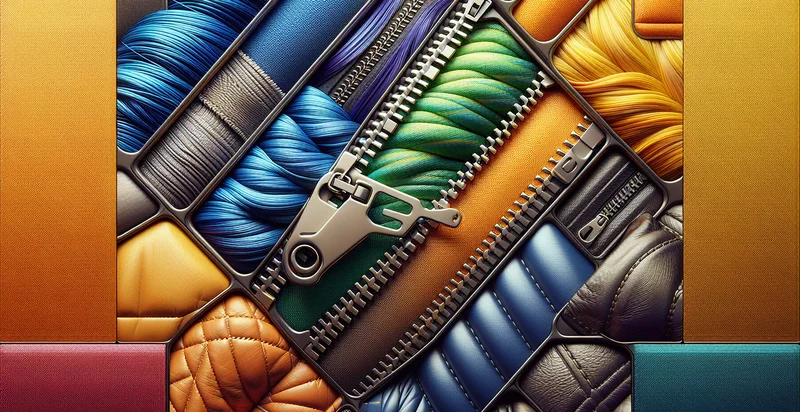Identify what material a curtain is made from
using AI
Below is a free classifier to identify what material a curtain is made from. Just upload your image, and our AI will predict what material a curtain is made from - in just seconds.

Contact us for API access
Or, use Nyckel to build highly-accurate custom classifiers in just minutes. No PhD required.
Get started
import nyckel
credentials = nyckel.Credentials("YOUR_CLIENT_ID", "YOUR_CLIENT_SECRET")
nyckel.invoke("what-material-a-curtain-is-made-from", "your_image_url", credentials)
fetch('https://www.nyckel.com/v1/functions/what-material-a-curtain-is-made-from/invoke', {
method: 'POST',
headers: {
'Authorization': 'Bearer ' + 'YOUR_BEARER_TOKEN',
'Content-Type': 'application/json',
},
body: JSON.stringify(
{"data": "your_image_url"}
)
})
.then(response => response.json())
.then(data => console.log(data));
curl -X POST \
-H "Content-Type: application/json" \
-H "Authorization: Bearer YOUR_BEARER_TOKEN" \
-d '{"data": "your_image_url"}' \
https://www.nyckel.com/v1/functions/what-material-a-curtain-is-made-from/invoke
How this classifier works
To start, upload your image. Our AI tool will then predict what material a curtain is made from.
This pretrained image model uses a Nyckel-created dataset and has 16 labels, including Acrylic, Bamboo, Burlap, Canvas, Cotton, Leather, Linen, Microfiber, Nylon and Polyester.
We'll also show a confidence score (the higher the number, the more confident the AI model is around what material a curtain is made from).
Whether you're just curious or building what material a curtain is made from detection into your application, we hope our classifier proves helpful.
Related Classifiers
Need to identify what material a curtain is made from at scale?
Get API or Zapier access to this classifier for free. It's perfect for:
- Home Decor Consultation: Interior designers can utilize the curtain material identifier to provide tailored recommendations for clients based on desired aesthetics and practicality, ensuring that the selected materials align with the overall design theme and functional requirements of a space.
- E-commerce Product Verification: Online retailers can implement this identification function in their product listings to validate and confirm the materials of curtains being sold, improving customer trust and satisfaction by ensuring that the items match their descriptions.
- Quality Assurance in Manufacturing: Curtain manufacturers can employ this technology in their production lines to quickly identify materials and ensure that only the correct fabric types are used in each batch, maintaining quality control standards across their product offerings.
- Sustainability Assessment: Eco-conscious brands can use the material classification function to highlight sustainable fabric choices in their product lines, providing transparency to consumers about the environmental impact and sourcing of materials used in their curtains.
- Inventory Management: Retailers can leverage this technology to streamline inventory processes by accurately categorizing and labeling curtain materials in their stock, facilitating better organization and enhancing the efficiency of restocking and sales strategies.
- Simulation and Design: Architects and product designers can incorporate the material identifier in design software to simulate different curtain materials in architectural visualizations, allowing for better visualization and decision-making during the design phase of projects.
- Consumer Education: Companies can use the identification function to create educational tools or apps for consumers that inform them about different curtain materials, their properties, and maintenance tips, helping customers make informed purchasing decisions.


